The big difference with this procedure is the smaller dosing

If you’ve ever brought up Baby Botox in conversation, there’s a chance some people in the room have turned their heads in surprise: “They do what to babies?!”
Advertisement
Cleveland Clinic is a non-profit academic medical center. Advertising on our site helps support our mission. We do not endorse non-Cleveland Clinic products or services. Policy
But of course, this cosmetic procedure has nothing to do with infants. Instead, Baby Botox — also known as “MicroTox” — is an injectable treatment for those who want the power of fillers, but in a smaller, more subtle dose.
Dermatologist Chey Ranasinghe, MD, takes us through what Baby Botox exactly is, how it works and what to know before considering this procedure.
Like traditional Botox®, Baby Botox aims for the same result: smoothing lines and wrinkles on your face. This cutesy name refers to the fact that it uses smaller doses of botulinum toxin during the procedure — that is, “baby” amounts. It’s a quick procedure that’s done in a dermatologist’s office and is injected with a needle.
For those looking to use Botox for aesthetic reasons, Baby Botox is an option to create a more refreshed appearance by softening the appearance of dynamic fine lines in your face that occur naturally through age. Botox injections are also sometimes used for medical reasons, like migraines or an overactive bladder, but for those uses, your provider will utilize the appropriate dose for your needs.
It sounds like Botox, looks like Botox, but is it Botox? Well, pretty much.
Baby Botox is essentially the same procedure, but there are some key distinctions compared to its older sibling. The biggest difference between traditional Botox and Baby Botox comes down to technique, amount and who is a good candidate for it.
Advertisement
While Baby Botox uses smaller amounts of Botox and focuses on very specific areas of your face, traditional Botox uses much more of the toxin in each injection. For example, while a regular Botox injection uses about 35 units, an average Baby Botox treatment cuts it down to about 10 units through hyper-localized micro-injections.
“The outcome is a more subtle and natural looking alternative to traditional Botox,” explains Dr. Ranasinghe. This essentially means that you have less of a chance of your face looking stiff from the injections.
Another important element of Baby Botox is the procedure. As it’s using a smaller amount of Botox in each injection, it has to be implanted in the exact spot that needs treatment. That means you can’t just inject a general area of your face.
Here are some of the facial areas where Baby Botox can be injected, as well as the number of average units needed for each:
A quick reminder: Even though Baby Botox may seem a little less invasive than regular Botox, Dr. Ranasinghe still recommends only going to an experienced dermatologist or provider that has expertise in doing these kinds of procedures.
The last difference is price, which will vary based on where you go and the brand or type of toxin your injector is using (Botox, Xeomin®, Dysport®). But Baby Botox is generally priced slightly cheaper than traditional Botox injections.
So, you may be wondering, why doesn’t everyone who wants Botox just get Baby Botox? Well, part of it comes down to your personal preference and how much work you need (or want) to get done.
“It’s best for someone who wants to soften the appearance of their face, but who doesn’t want a dramatic change,” notes Dr. Ranasinghe. “This is an effective treatment for those who are just starting to notice the signs of facial aging and want to address it in a subtle way.”
In other words, the best candidate for Baby Botox is likely someone who hasn’t had Botox done before.
But also take note: Botox procedures aren’t suitable for everyone — even in smaller doses. “If you have a history of a certain muscle or nerve disorders or have a history of allergies to any ingredients in Botox, you may not be able to get this treatment,” Dr. Ranasinghe points out. Be sure to consult your healthcare provider and dermatologist before making an appointment.
Depending on how many areas you’re getting treated, Baby Botox usually takes about 15 to 30 minutes. Generally, if you’re getting your full face and neck done, it could take up to an hour.
Advertisement
But even before you make your appointment, it’s a good idea to set up a consultation with your dermatologist to figure out the specific areas you’d like to focus on.
Here’s what to expect from a Baby Botox appointment:
“No topical numbing is required,” states Dr. Ranasinghe, adding that you shouldn’t feel intense discomfort or pain. “Oftentimes, people say they barely felt anything at all! Most people are able to return to their normal routine immediately after the treatment.”
Keep in mind: The results of this treatment will take about a week to settle and show effect. And just like regular Botox, Baby Botox does require some upkeep. Compared to regular Botox results, which usually last around three months, Baby Botox lasts around two. This means that over the course of the year, you’ll need to keep up with follow-up appointments to maintain your desired results.
Advertisement
Like any medical procedure, there are potential side effects to Baby Botox you should know about. We are talking about your face, after all!
Overall, they are rare, and if they do happen, they resolve within a few days. Possible side effects include:
“These side effects can be minimized by choosing an experienced and qualified provider who is licensed and trained in administering Botox,” advises Dr. Ranasinghe. That means, no back-alley Botox from your BFF.
Overall, Baby Botox can be a suitable option for someone wanting to ease into getting Botox procedures — it truly is a good “baby step.” It could also be a good alternative for those who aren’t comfortable ever getting a full Botox injection. But even though this treatment uses smaller injection amounts, it’s still a medical procedure that should be done in consultation with your dermatologist or healthcare provider.
Advertisement
Learn more about our editorial process.
Advertisement
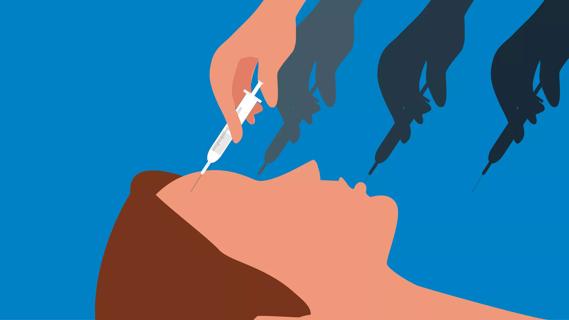
Most recommended precautions center around minimizing bruising or swelling
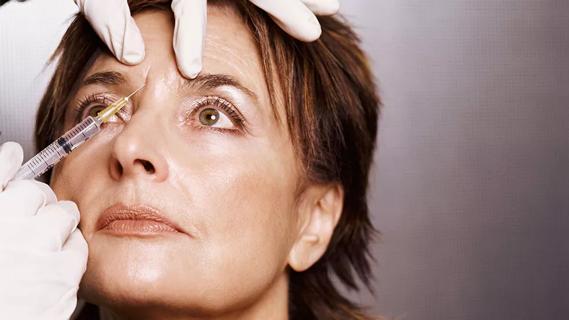
With repeat injections over time, you may be able to slow the development of new wrinkles

The cosmetic injection may help train your muscles out of frowning, but there’s no hard data to say for sure
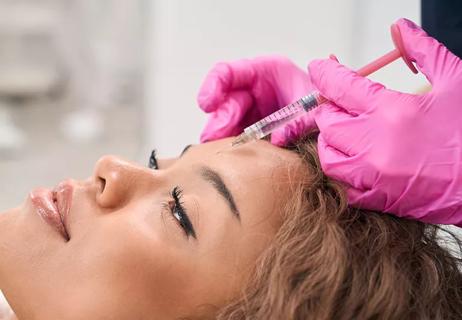
One reduces wrinkles by relaxing muscles; the other adds volume and smooths skin

They both treat fine lines and wrinkles, but how they’re made and how long results last differ

It’s an FDA-approved treatment for urinary incontinence and overactive bladder
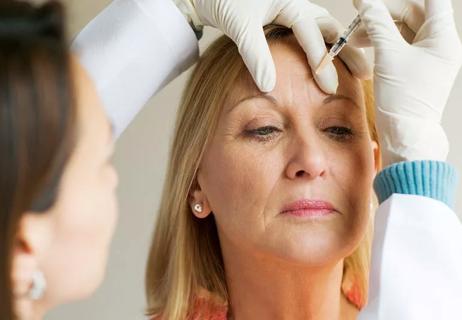
Both are used to treat fine lines and wrinkles
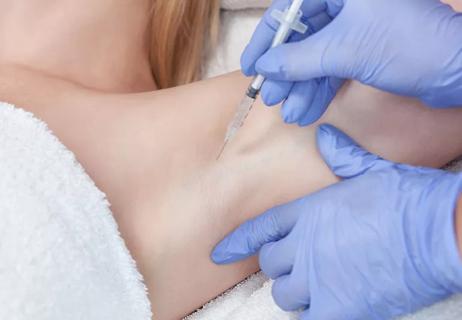
If you're tired of products that don’t stop your serious sweating, Botox could be life-changing

Start having sex about 72 hours before ovulation, then at least every other day during your fertile window

Attachment theory suggests that your earliest relationships shape connections throughout your life

It isn’t a recognized mental health disorder, but research shows that problematic social media use can negatively affect your mental health, self-esteem and sleep